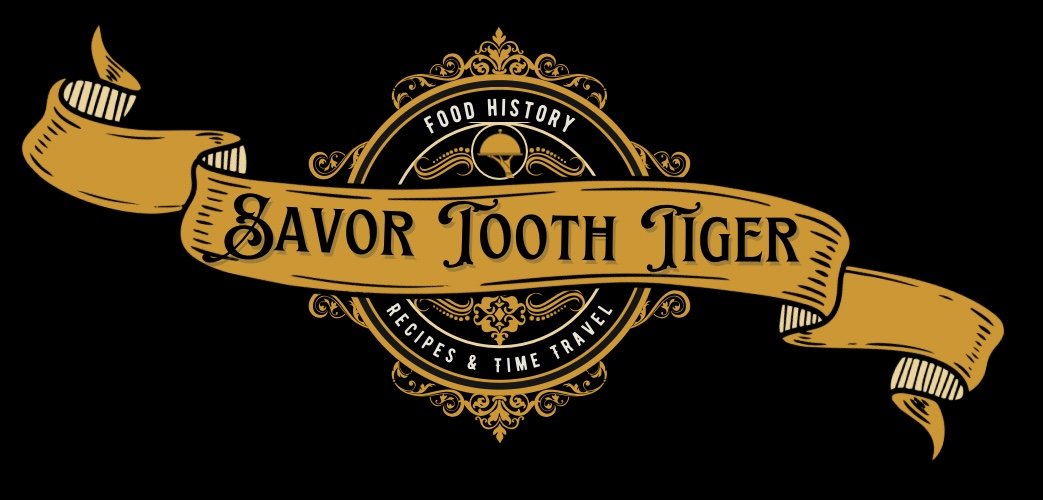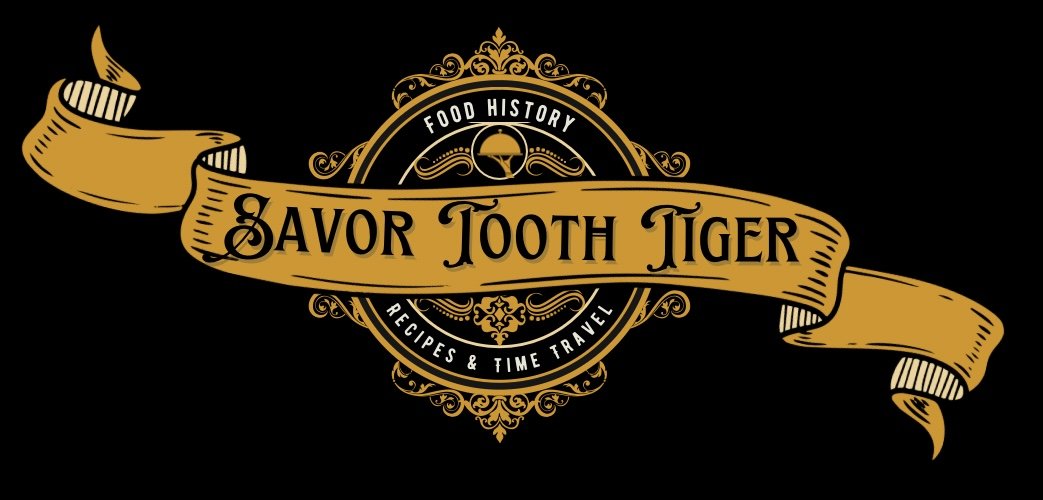Gilded Age-Lobster Newberg
Is anyone else completely obsessed with the new HBO series “the Gilded Age”?!? If you love history and juicy storylines, run to your nearest television immediately. The Gilded Age was a distinctly American era from the 1870’s to 1900 when America had just ended the Civil War and became an industrial powerhouse. The disparity between rich and poor in this time was almost unmatched. We were full steam ahead building railroads and new factories, leaving many robber barons incredibly wealthy and their working class laborers in abject poverty. During this time, 20 million immigrants came to live their American dream, many from Germany, Ireland, Italy, China, Britain and Scandinavia.
With this disparity in wealth, I wondered what were people actually eating in this time. In episode 1, we saw that the wealthy Russell family had their very own French chef to expertly craft every lobster-filled meal. As you may expect, the housekeepers, valets and lady’s maids ate a little more modestly at their evening meal of beer, roast and vegetables. But what were the factory workers and very poor Americas eating?! Imagine living in a New York City tenement with no running water, electricity, or gas cooktops. When cooking was done, it was over an open fireplace with scraps from the butcher and whatever vegetables were on sale. Talk about bleak! Many poor Americans at this time ate street foods like oysters, hot dogs and even bar food. For a nickel, any man could gain access to a free buffet with purchase of a beer.
In upper class homes, many had their own staff and at the very least, a cook. With increased literacy, women were reading and writing cookbooks, which were often read by staff members who would prepare the household meals. Remember Sarah Josepha Hale from my Thanksgiving story? https://www.savortoothtiger.com/recipes/thanksgiving-history-amp-pumpkin-pie She was the editor of THE women’s magazine of the Gilded Age, Godey’s Lady Book, which taught middle and upper class ladies about hosting parties, etiquette and what to serve. Restaurants were becoming popular. The restaurant of the Gilded Age, without comparison was Delmonico’s. Delmonico’s restaurant opened in 1827 as a modest pastry shop but grew into THE restaurant for New York City’s upper class, princes and presidents. Popular dishes such as eggs Benedict, baked Alaska, and Lobster Newburg were invented here.
Lobster Newberg* was once called Lobster Wenberg, to honor one of Delmonico’s best customers, Ben Wenberg. Mr. Delmonico and Mr. Wenberg had a falling out and the name of the dish was changed to Lobster Newberg. Savage move, Delmonico’s! It remains a timeless dish that I am proud to share. It’s basically lobster meat tossed in a wine cream sauce that you can serve with puff pastry or toast points. (*Sometimes spelled Lobster Newburg.)
For even more food history on the Gilded Age, check out my article (and YouTube video) on Lobster Palaces.
I have to tell you about a character that is so unreal, he sounds made up. This fabulous Gilded Age man is “Diamond” Jim Brady, nicknamed because he was often dripping in jewels. Besides the over the top jewelry, the man was known moreover for his stomach! After his death, the coroner discovered that his stomach was 6 times the normal size! Which makes sense when you realize just how much this man could eat. Restauranteur George Rector called him “the best 25 customers we had”! Because he could eat SO much! At a regular dinner at Rector’s he would order (and eat!) 2 or 3 dozen oysters, 6 crabs, 2 portions of turtle soup, 6 or 7 lobsters, 2 ducks, steak and vegetables, and for dessert a platter full of pastries and a 2 pound box of candies all washed down with gallons of juice or lemon soda.
If you don’t have a Rockefeller budget for this recipe, you can easily substitute shrimp.
How to make the puff pastry vol-au-vents:
In the video, I skipped an important step to making the vol-au-vent (the puff pastry shell). It was the second video I had ever made and was juggling so many details that I forgot to layer them! That’s why in the video the puff pastry is a little short. Here is a step by step description of how to make it correctly.
Defrost a sheet of puff pastry.
Unroll it on to a work surface with parchment paper.
2. Cut out circles of dough.
Using 2 round biscuit cutters (one big, one small), cut 2 equal sized big circles out of the puff pastry dough. You can also do this with squares.
3. Layer the circles with egg wash.
Make an egg wash(beat 1 egg and use a brush). On the big circle (on right) Brush with egg wash. Take the cut out from the left and put it on top of the big circle.
4. Bake on a sheet tray
for 15-20 minutes at 400 degrees.
Then fill with Lobster Newberg. You can put the inner circle on top of the lobster filling or eat it separately.
Vol-au-vent Notes: You can also skip these steps and cut out large squares or circles of puff pastry. If you bake the squares (without another layer and without any egg wash, they puff up on their own. You can scoop out a little shell after baking (15-20 minutes at 400 degrees Fahrenheit), then fill with the Lobster Newberg. Or simply serve Lobster Newberg on toast, over rice or over pasta.

Lobster Newberg
Ingredients
- 3 cups cooked lobster meat, chopped (or shrimp)
- 4 tablespoons butter
- Salt
- 1 cup heavy cream
- 1/4 cup Madeira, sherry, or Marsala wine
- 3 egg yolks
Instructions
- Boil lobster meat (or shrimp) in a large pot and reserve. Depending on if you use whole lobster, lobster tail or shrimp, the cook time will vary. Reserve the cooked meat aside while you make the sauce.
- In a sauce pan, heat butter, cream and wine. Bring to a boil. Reduce for about 5 minutes, stirring often.
- In a small bowl, beat egg yolks with a fork. Add 2 spoonfuls of the hot cream mixture into the yolks. Beat. This will temper the yolks..
- Turn the heat off of the cream mixture. Cool a bit by stirring. Then add yolks and stir very constantly until sauce thickens. Be sure to keep off the heat and stir so that the eggs wont scramble but it will cook through.
- Sprinkle with salt and pepper to taste
- Toss the cooked lobster in the sauce.
- Serve in puff pastry or with toast.








